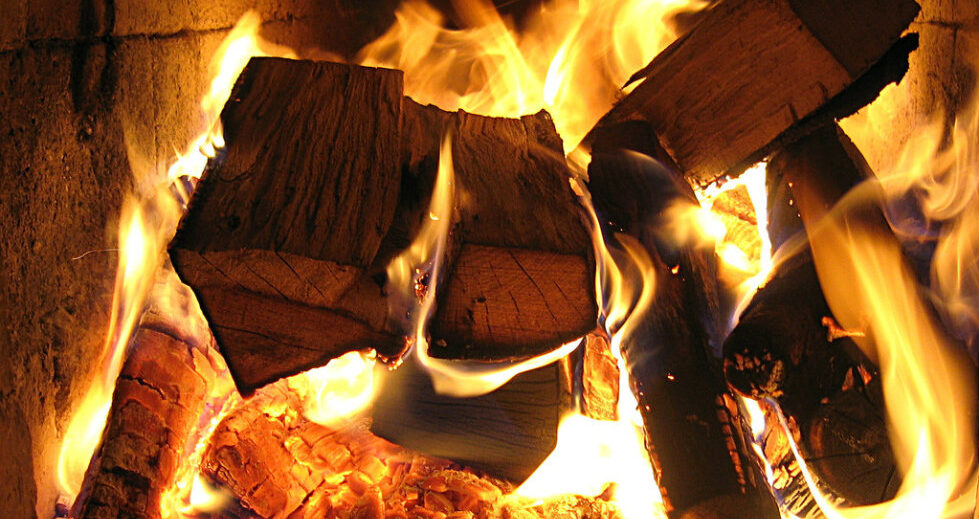Overheating attacks the insulation
The insulation in the combustion chamberis made from vermiculite, which is a natural material. The vermiculite increases the efficiency of the stove, but also makes the stove more susceptible to large temperature changes. When the insulation tilesare exposed to very high heat for a long period of time, they turn a reddish colour and become:
- More porous: this increases the likelihood of the tilescracking if they continue to be exposed to high temperatures or are hit by firewood when you add new firewood.
- Less efficient: as insulation performance deteriorates, the stove will become less efficient.
Stove parts can become deformed
Stoves are designed to withstand high temperatures. This means that the metal is able to expand during firing without damaging the stove. However, if the stove overheats, it can result in the metal cracking and the stove parts becoming deformed. In addition, the stove glass can turn white or, in the worst case, crack.
How to avoid overheating
- Only use firewood with a moisture content below 18%.
- Use only “good” firewood. For example, wood pellets are not suitable for burning in a wood-burning stove.
- Mix larger and smaller firewood. If you use too much small firewood, the heat will be too high.
- Do not overfill the stove. Respect the max-load line if your stove has one.
- Check your chimney draft. If it is too high, too much oxygen is being let into the combustion chamber, leading to excessive temperatures. The chimney draft can be regulated using a chimney fan, such as the Aduro DraftOptimizer.

